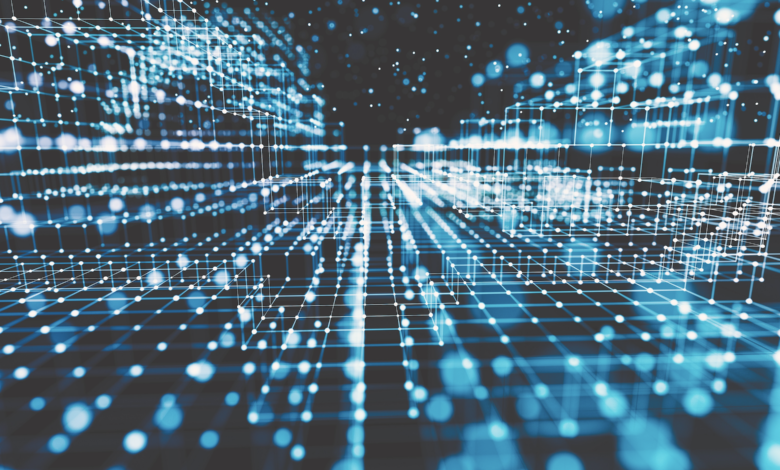
This article was co-authored by Partners and UK & European patent attorneys, Sean Leach and Jeremy Smith of intellectual property firm, Mathys & Squire
In a number of recent cases, patent offices have refused to allow artificial intelligence and machine learning systems to be credited as inventors in patent applications. How are patent systems to respond to the advent of potentially omniscient artificial intelligence (AI)? What impact might these questions have on the law of invention?
The basis of the patent system is that in return for explaining to the world how to make their invention, an inventor is rewarded with a limited monopoly subject to certain requirements. Firstly, the protected innovation must meet an ‘inventiveness’ criteria and, secondly, the innovation must be described in sufficient detail to ‘enable’ a notional skilled person to make the invention. This is to allow others to learn from the inventor’s contribution so as to foster further creativity and discourage secrecy.
In this context, AI presents a thorny problem. If an AI makes an invention, should that AI be named as the inventor? If so, should the AI be sole inventor? These questions might all seem academic, but they raise a significant public policy question: how are inventors and businesses to be rewarded fairly for sharing their innovations?
The question of inventorship – If an AI makes an invention, should that AI be named as the inventor?
Sean: No. The AI is not a person; it does not have legal personality, and never could. People have drawn parallels to the animal rights questions raised when PETA (People for the Ethical Treatment of Animals) attempted to have a monkey named as the owner of copyright in a selfie it took with a stolen camera. That is an irrelevant distraction. AI can never have legal personality, not only because it is not an ‘intelligence’ in the human sense of that word, but also because it is not possible to identify a specific AI in any meaningful sense. Even assuming the program code for the AI was to be specified, is the ‘inventor’ one particular ‘instantiation’ of that code? Or is any instantiation the inventor? If two instances exist, which is the inventor? The answer to this question matters crucially in patent law because ownership of an invention depends on it.
Jeremy: It may be true that, in the current patent system, an AI has no legal personality and cannot, therefore, be named as inventor. However, that does not mean that the patent system should not be adapted to require an AI contributor to be named in some way – whether as an ‘inventor’ or as something else (e.g. ‘AI contributor’). There may be policy reasons why patent applications relating to AI generated inventions should be made easily identifiable to public. Such patent applications could, for example, incentivise more investment in AIs because the naming of the AI would act as a showcase for an AI’s capability and could be used by the AI’s creators as part of a ‘royalty-per-patent’ business model. At the same time, naming the AI offers the public greater transparency in relation to how inventions are generated and provides a convenient way to track the potentially increasing contribution made by AIs to providing innovative solutions to the problems faced by mankind.
As to the practical question of how AIs should be identified, there are ways this could be formalised – for example by referring to an entry in an official register of creative AIs that an AI would have to be present on for it to be named as an inventor.
Should the AI be sole inventor?
Our shared view is that a human inventor can – and indeed must – always be named. It is through inventorship that the right of ownership is ultimately determined.
The real question is who, whether aided by AI or not, conceived the solution to the technical problem underlying the invention? For example, if an AI is created with the sole purpose of generating an invention to solve a particular problem, then a creator of that AI is probably also an inventor both of the AI generated invention and the AI itself. If someone identifies a problem to be solved and recognises that a commercially available AI can be used to generate a solution to that problem, then that person could also be the inventor of the resulting AI generated invention. This is not different to the situation in which a software design package is used as a tool of the inventive engineer’s trade.
If an AI is set to work within much broader parameters the inventor might be the person who: identifies the required technical inputs for the AI; identifies the best sort of training data and how best to train the AI to solve the problem; or recognises that the output of the AI solves a particular problem.
These questions may seem speculative and somewhat academic, but we believe the answers to these questions genuinely matter in practice. One of the aims of the patent system is to balance the requirements of: allowing innovators to obtain a just reward for their work; ensuring that protection is granted for innovations that are worthy; and encouraging the innovators make their innovation public. As AI technology is increasingly used as part of the innovation process and, at the same time, the AI industry becomes a more significant contributor to the economy, the patent system needs to adapt to ensure that it encourages, rather than stifles, the use of AI in the innovation process.




One Comment